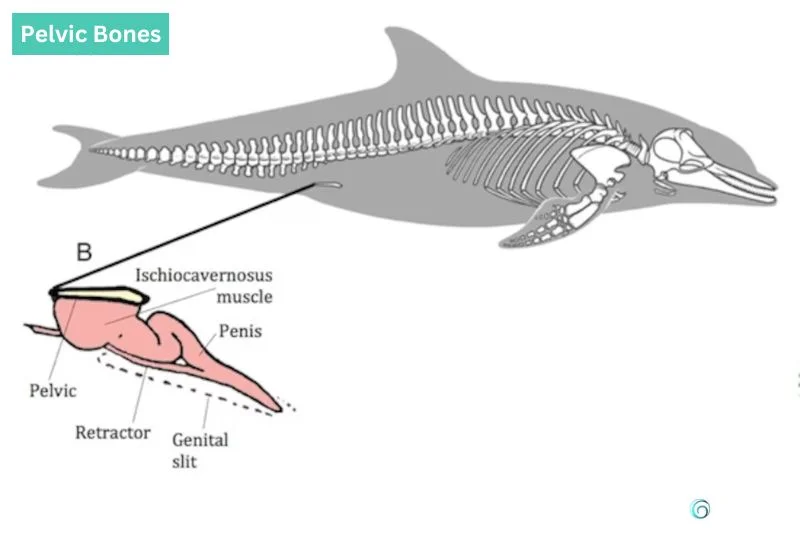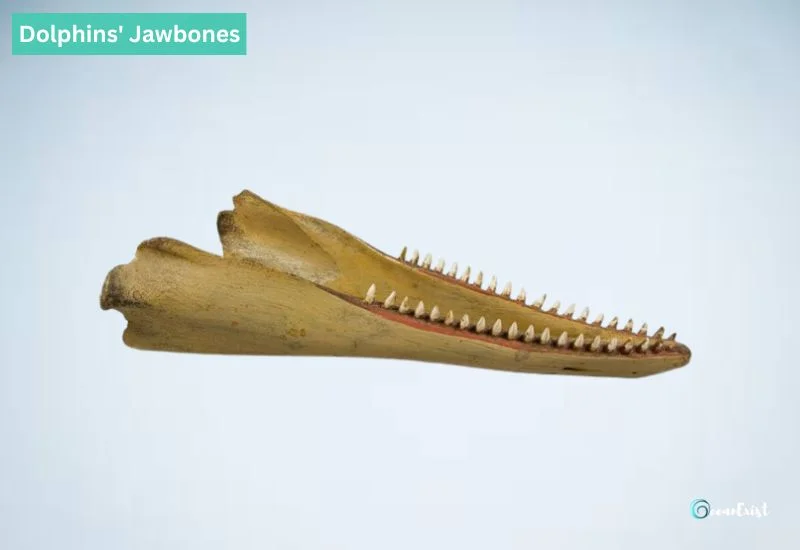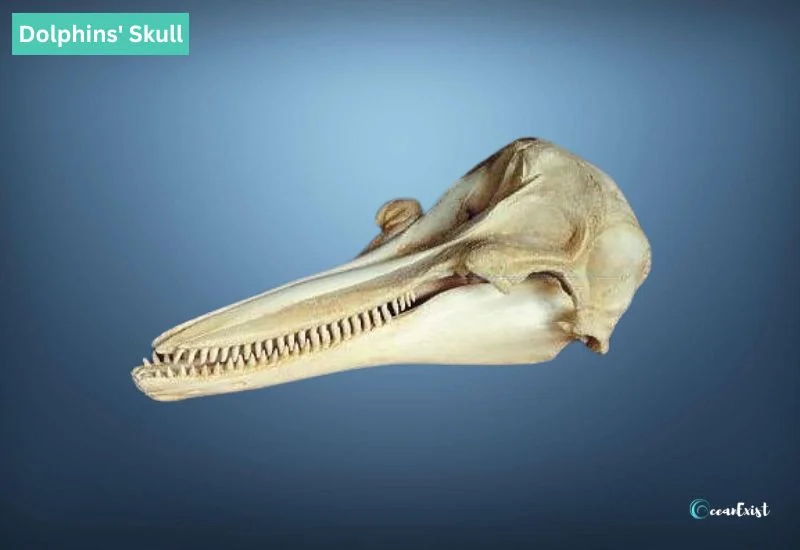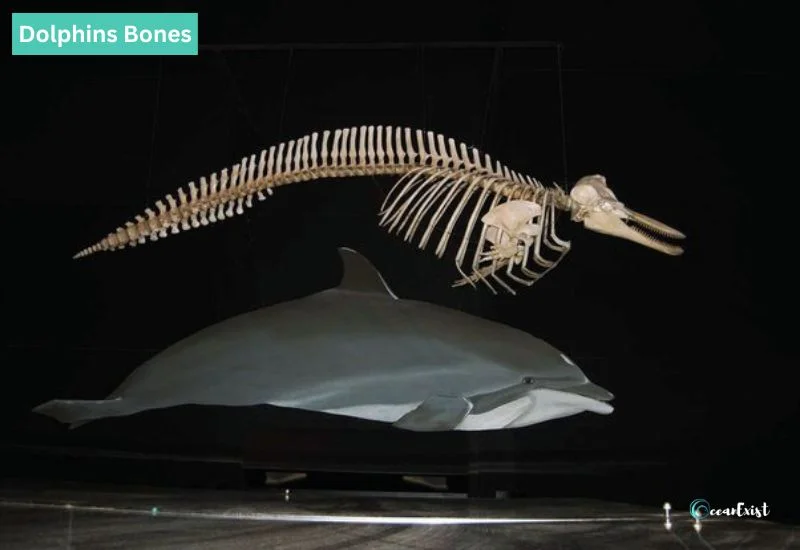Have you ever witnessed a dolphin playing and gliding through the ocean with ease? Have you ever wondered about the bones and skeletal structures in dolphins?
Dolphins are mammals. They have a complete skeleton and bone formation1 in their body which help them live, swim, and play in the oceans.
Dolphins’ skeletal structure tells us about their evolution and adaptation. The formation of bones has a science to tell about their diet, living lifestyle, and natural habitat. Their skeleton part has now completely evolved from how it was in early history.
Dolphins have the following bones in their body, which we will explain in this article one by one.
Pelvic Bones

The Vestigial Pelvic Bones serve as a special part of their skeletal structure due to their evolution from Hind Limbs. Scientists are curious about the swimming style and skeletal structure of the ancestors of modern dolphins.
These Vestigial Pelvic Bones are considered to be the main difference in their evolution from dry-land dwellers to aquatic mammals2.
Backbone

Dolphins have a very flexible backbone, which allows them to swim easily in the water.
- The small joints (vertebrae) that form the backbone are interlocked, making the backbone stronger.
- There are fibrous discs that bring flexibility among the vertebrates, making the backbone flexible and stronger.
The cervical vertebrates (similar to human neck bones above the backbone) are shortened, and some dolphins’ neck bones are fused, which has shortened their neck’s length.
This backbone and neck bones’ structure causes the dolphins to only look side by side. They are unable to move their necks upside down.
Jawbones

Jawbones are another important bone structure in dolphins. They have jawbones not only to eat the food but also to keep the mouth in shape.
Dolphins have a special bone structure under the lower jaws. These jaws receive the sound signals from the surroundings and convey these signals through a cavity linking to the middle ear. That’s how sound is received and interpreted by the dolphins.
Skull

The dolphin’s skull has evolved a lot over the period of millions of years. The dolphins’ forefathers had a dog-like small skull. But, dolphins have stretched out upper and lower jaw bones.
The skull part has been tilted to be in line with the spinal column. The neck cervical vertebrates have been fused, which has led to the shortening of neck and backbone joints.
The dolphin has an important part above their heads called the ‘melon,’ which aids in sound echolocation3. The echolocation ability helps the dolphins locate their prey, see their surrounding environment, and communicate with other dolphins.
Fore Limbs

The dolphins’ forelimbs have evolved into flippers. These flippers are more rigid than a normal hand’s fingers. The number of these bones in flippers has been reduced to four, but the bones’ length has been extended, which has provided them with a large surface area to swim in the water.
Conclusion
In conclusion, Dolphins have bony structures and form a complete skeleton where all vertebrates link to the backbone. Now, you know the bones and skeletal structure of dolphins. If you have any queries, do not hesitate to ask in the comments.
You can read our next topic about dolphins’ lifespans.
Frequently Asked Questions
ARTICLE SOURCES
Oceanexist provides reliable information with good-quality references to support the facts.
